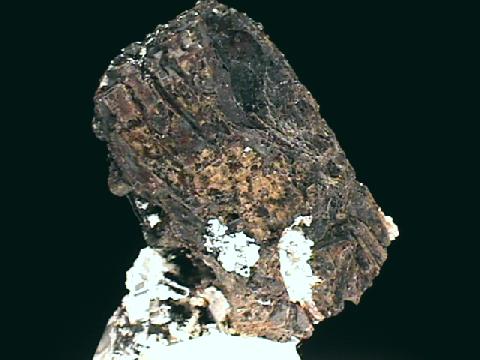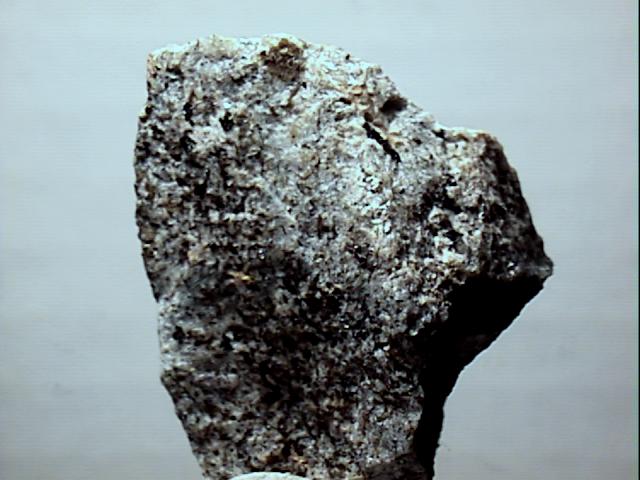 THE
MINERAL KUPLETSKITE
THE
MINERAL KUPLETSKITE
- Chemistry: (K, Na)3(Mn, Fe)7(Ti, Nb)2(SiO3)8(O, OH)7, Potassium Sodium Manganese Iron Titanium Niobium Silicate Hydroxide.
- Class: Silicates
- Subclass: Inosilicates
- Group:
Astrophyllite - Uses: Only as mineral specimens.
Specimens
Kupletskite is a very rare manganese, titanium mineral found in some
unusual rock assemblages called agpaitic pegmatites.
It forms two solid solution series
with the minerals
The mineral astrophyllite is
the namesake of the mineral group to which all three minerals, kupletskite,
astrophyllite and cesium-kupletskite belong; the
PHYSICAL CHARACTERISTICS:
- Color is bronze yellow or dark brown to black.
- Luster is vitreous or submetallic to metallic, can be pearly on cleavage surfaces.
- Transparency: crystals are translucent to opaque.
- Crystal System is triclinic; bar 1
- Crystal Habits include small tabular, acicular or bladed crystals. Also found in lamellar, micaceous or fibrous masses.
- Cleavage is perfect in one direction, poor in another.
- Fracture is uneven.
- Hardness is 3.
- Specific Gravity is 3.2 - 3.4
- Streak is pale brown.
- Associated Minerals are quartz,
nepheline,
microcline,
albite,
calcite,
natrolite,
fluorite,
eudialyte,
ancylite , arfvedsonite, micas and aegirine. - Notable Occurrences include the Kola Peninsula, Russia and Mt St. Hilaire, Quebec, Canada.
- Best Field Indicators: brittleness, cleavage, color, luster and localities.





